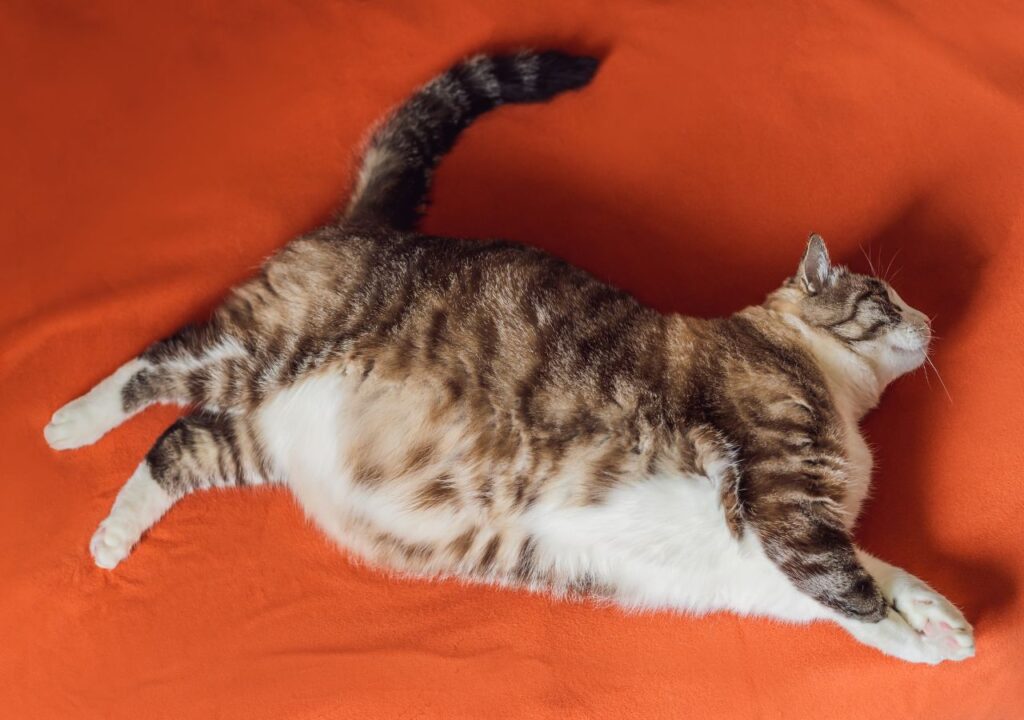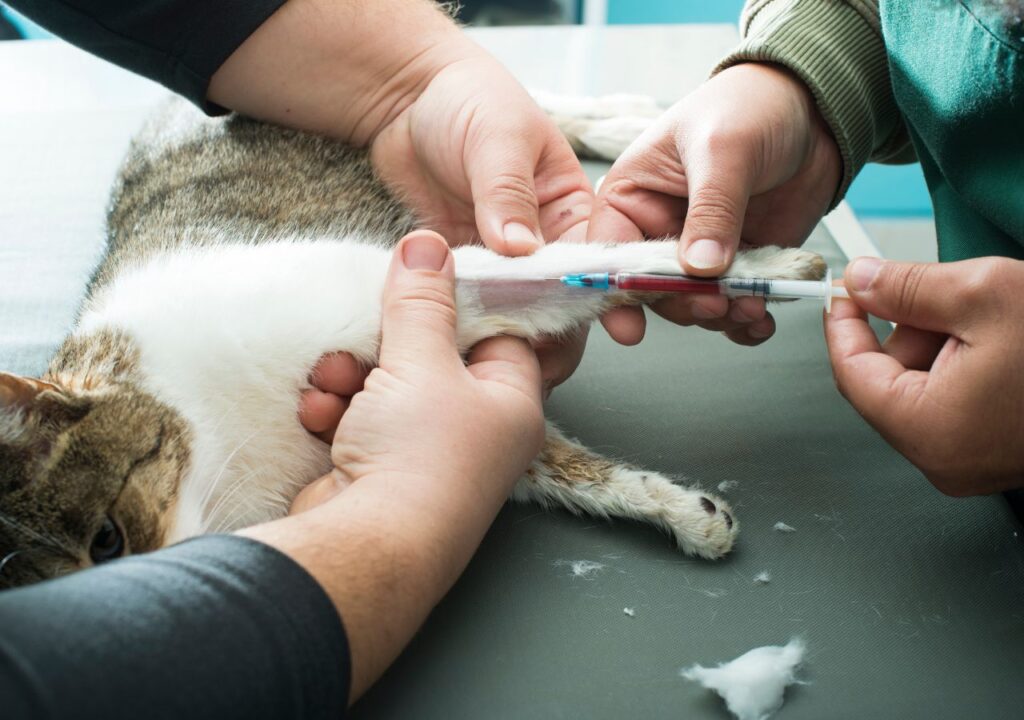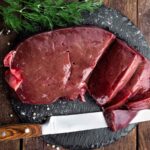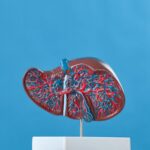Cats are animals that do not like to show their health problems. This is due to their natural behavior. Therefore, it is important to recognize the early symptoms of fatty liver disease in cats.
Fatty Liver Disease in Cats – Symptoms
Fatty liver disease is a serious condition that occurs in mature and older cats of both sexes, most commonly in obese individuals. Symptoms are initially non-specific: loss of appetite and weight loss, apathy, drowsiness, vomiting, sometimes diarrhea alternating with constipation. After a few days, jaundice appears in the form of yellowing of the mucous membranes and skin. As the disease progresses and liver failure worsens, neurological symptoms (hepatic encephalopathy) appear: stupor, drooling, lethargy, and even convulsions and coma. Some cats also develop ascites and blood clotting problems.
If your pet becomes lethargic, uninterested in activity, and stops eating, do not delay seeking veterinary attention. Even if it seems like they are just having a bad day. In cats, this behavior can indicate a number of different conditions, and if the loss of appetite persists, it can lead to dangerous fatty liver disease.

Causes of fatty liver disease in cats
The direct cause of fatty liver disease in cats is the accumulation of triacylglycerols in the liver cells, which impairs their function. The disease can occur when a cat does not consume enough calories and begins to use fat tissue to maintain metabolic processes. This condition can occur as a result of other diseases or as an idiopathic disease (when the cause cannot be determined). It can also be the result of an overly restrictive weight loss diet. Diseases that predispose cats to fatty liver disease include:
- pancreatitis;
- bile duct inflammation;
- liver and/or pancreatic cancer;
- diabetes;
- inflammatory bowel disease (IBD);
- hyperthyroidism;
- pyometra;
- cardiomyopathy;
- bacterial, viral, and fungal infections;
- drug and heavy metal poisoning;
In addition, severe stress can lead to fatty liver disease, as cats are particularly sensitive to high levels of catecholamines secreted during stressful situations. Other diseases that cause loss of appetite, such as severe periodontitis or respiratory infections, can also be dangerous. Obese cats with extensive adipose tissue are particularly susceptible to fatty liver disease.

Diagnosing fatty liver disease in cats
If your cat becomes apathetic and refuses to eat, you should see your veterinarian as soon as possible to determine the cause of this behavior. Unfortunately, the first symptoms of fatty liver disease are often overlooked and the cat is not diagnosed until jaundice occurs. The veterinarian will perform a clinical examination that may reveal an enlarged, painless liver and yellowing of the mucous membranes and skin. A blood test will show markedly elevated bilirubin levels, elevated alkaline phosphatase (ALP) activity with slightly elevated alanine aminotransferase (ALT) and virtually unchanged gamma-glutamyltransferase (GGT) activity, distinguishing fatty liver disease from hepatitis and cholangitis.
Bilirubinuria can be detected by urinalysis. A veterinarian may perform an ultrasound to assess enlargement of the liver and changes in its structure. A definitive diagnosis can be made by histopathologic examination, but this is rarely done because of the risks associated with sampling.
Treatment of fatty liver disease in cats
Treatment should begin at the time of diagnosis. First and foremost, it is important to ensure proper hydration and electrolyte balance and to provide an adequate number of calories. Appetite stimulants may be tried initially. However, if the cat refuses to eat or vomits, feeding through a nasogastric tube with special high-energy, low-fat, high-protein formulas designed for feline patients will be used. The animal often needs to remain in the hospital, especially during the first few days, for constant monitoring of its condition and blood parameters.
Depending on the symptoms, antiemetics and antibiotics are also used. In addition, supplementation with certain amino acids and vitamins and administration of preparations supporting liver regeneration are recommended. Intensive treatment can last up to 1.5 months and the survival rate is 60%. If the animal survives the first 2-4 days, the chances of recovery increase to 85-95%. Much depends on following recommendations for adequate caloric intake and hydration. The prognosis is significantly worse if IBD and pancreatitis occur simultaneously.

How long can a cat go without food?
Cats are fast metabolizing animals whose bodies are adapted to eating many small, high protein meals throughout the day. In the absence of food, catabolic processes are immediately activated, leading to the accumulation of triacylglycerols in fat cells in the absence of protein. Fatty liver can develop in as little as 2 days in this state, although it is more common after 10-14 days of fasting. Therefore, fasting in cats should never last longer than 24 hours – if your pet has not eaten for 2 days, this is a signal to consult a veterinarian immediately. This is especially true if your cat is overweight or obese.
It is also important to remember that we are talking about starvation when a cat completely refuses to eat. If he eats small amounts of food, such as a few dozen grams, this is not considered complete starvation.
A good way to prevent many diseases in cats is to make sure they are eating properly.




